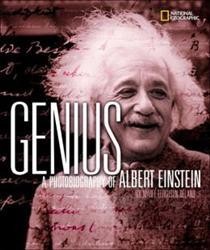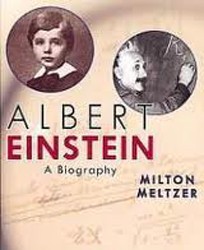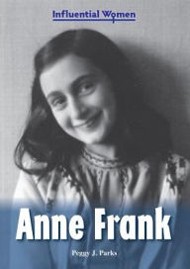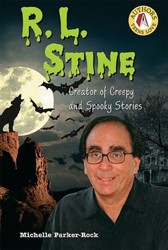Artist and inventor Rube Goldberg had a zany, wildly inventive mind. This picture book biography about his life perfectly reflects his sensibility and is good, old-fashioned fun to read.
Goldberg, the son of German Jewish immigrants, grew up in late nineteenth-century New York City. From childhood, he expressed his creativity by drawing cartoons. He hoped to become a newspaper cartoonist, but his concerned parents had a more practical career in mind for their son — so he studied engineering and took a job at the City of San Francisco Water and Sewers Department.
Engineering didn’t satisfy Goldberg for long, though, and he returned to cartooning as soon as he could. His unusual perspective and the quirky, comical art it inspired helped him make a name for himself. His greatest successes were his depictions of brilliantly wacky machines designed to accomplish simple tasks using dozens of extra steps. Each creation was highly complex but completely logical — a unique take on the inventive process. Eventually Goldberg became a successful newspaper cartoonist and columnist; he won a Pulitzer Prize and saw his name become an adjective in the dictionary.
The Goldberg contraptions, as Sarah Aronson points out, challenged the world’s most complicated machine of all — the human brain. The lesson for the reader is clear: Children can apply their own creative brains to invent unthought-of-wonders, and enrich the world.
This book is the perfect melding of text and illustration, both of which are used to humorous effect, while reflecting the same precision and logic as a Goldberg creation and communicating the importance of creativity. Robert Neubecker’s illustrations, like Goldberg’s own (which appear on the endpapers), are filled with amusing touches large and small. And, despite the zany approach, they are completely coherent and easy to understand. An afterword tells curious children more about Goldberg’s life, and there is a list of sources for further research about this colorful character and his era.
This unusual book is highly recommended for ages 3 to 8.
Michal Hoschander Malen is the editor of Jewish Book Council’s young adult and children’s book reviews. A former librarian, she has lectured on topics relating to literacy, run book clubs, and loves to read aloud to her grandchildren.





